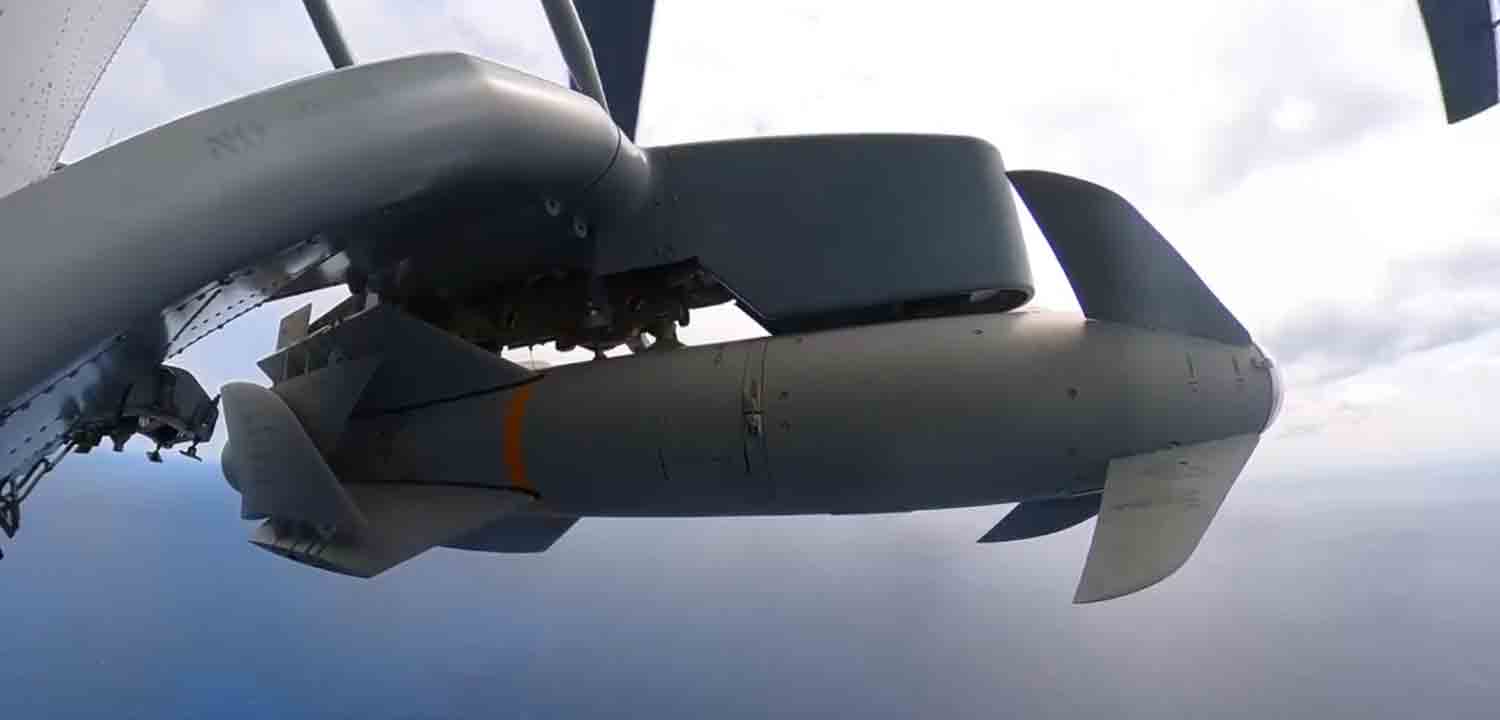In a startling development that has reverberated throughout the defense sector, a Russian Pantsir-S1E air defense system, an advanced combination of missiles and anti-aircraft artillery, has been discovered at a highly classified US military installation in California.
Striking images and footage of the Russian air defense system being securely transported to the American base have circulated widely on social media, igniting fervent speculation regarding its intended use on US territory.
The presence of this formidable and sophisticated Russian air defense system at a US facility is likely aimed at in-depth technical evaluation and reverse engineering, representing a significant intelligence opportunity for the Pentagon.
The Pantsir-S1E, reportedly acquired from a Libyan armed group during a bold operation in June 2020, was initially flown to Ramstein Air Base in Germany aboard a US Air Force C-17 transport aircraft before being transferred to the United States.
In a covert operation reminiscent of a spy novel, elite US special forces conducted a high-stakes mission in mid-2020, penetrating Libyan territory to retrieve one of Russia’s most advanced air defense systems.
Their mission? To dismantle and reveal the secrets of the Kremlin’s esteemed anti-aircraft technology, a system regarded as a key element of Russia’s contemporary battlefield dominance.
At the time of its capture, the Pantsir-S1 was under the control of General Khalifa Haftar’s Libyan National Army (LNA), which had obtained it from the United Arab Emirates (UAE) as part of a larger military collaboration.
By obtaining the Pantsir-S1, the United States not only gained invaluable insights into Russian air defense systems but also thwarted the potential acquisition of this technology by extremist factions, which could have significantly shifted the regional power dynamics. As reported by The Times, a covert operation in June 2020 necessitated the use of a large C-17A Globemaster, given the considerable size and strategic importance of the Russian system. The mission took place at Zuwarah Airport, located west of Tripoli, where the US Air Force executed a nighttime operation to capture, secure, and transport the Pantsir-S1 out of Libya. The transport aircraft then embarked on a critical flight to Ramstein Air Base in Germany, a key hub for US military activities in Europe.
Upon arrival at Ramstein Air Base, a specialized team of US military engineers and intelligence experts carefully disassembled the Pantsir-S1, revealing the intricacies of Russian technology.
This advanced hybrid defense system, engineered to eliminate aerial threats with exceptional accuracy, comprises the following elements:
– Six advanced surface-to-air missiles
– Two powerful 30mm autocannons
– Innovative radar, sensors, and electronic warfare technologies
Developed as a successor to the Tunguska air defense system, the Pantsir-S1 is capable of engaging targets at distances of up to 20 kilometers and altitudes reaching 50,000 feet, establishing it as a significant threat to enemy aircraft.
The Pantsir system has seen extensive deployment by Russian forces, not only in Libya but also in Syria and, importantly, on the battlefields of Ukraine.
The acquisition of the Pantsir-S1 in Libya has likely yielded vital intelligence that has influenced US military strategies, playing a crucial role in assisting Ukrainian forces in countering persistent Russian aerial attacks in the ongoing conflict in Eastern Europe.
By examining the system’s components, US military analysts have gained valuable insights into the materials and engineering behind Russian defense technology, revealing the true capabilities of Moscow’s military-industrial complex.
More importantly, the Pentagon has been able to devise advanced countermeasures, effectively neutralizing the threats, tactics, and standard operating procedures (SOPs) linked to the Pantsir-S1, which could potentially alter the dynamics of modern air defense warfare.
What was once regarded as Russia’s esteemed protector of the skies has now become a valuable resource for US military strategists—a war trophy that may have already influenced the trajectory of global conflicts.
Discover more from Defence Talks | Defense News Hub, Military Updates, Security Insights
Subscribe to get the latest posts sent to your email.





